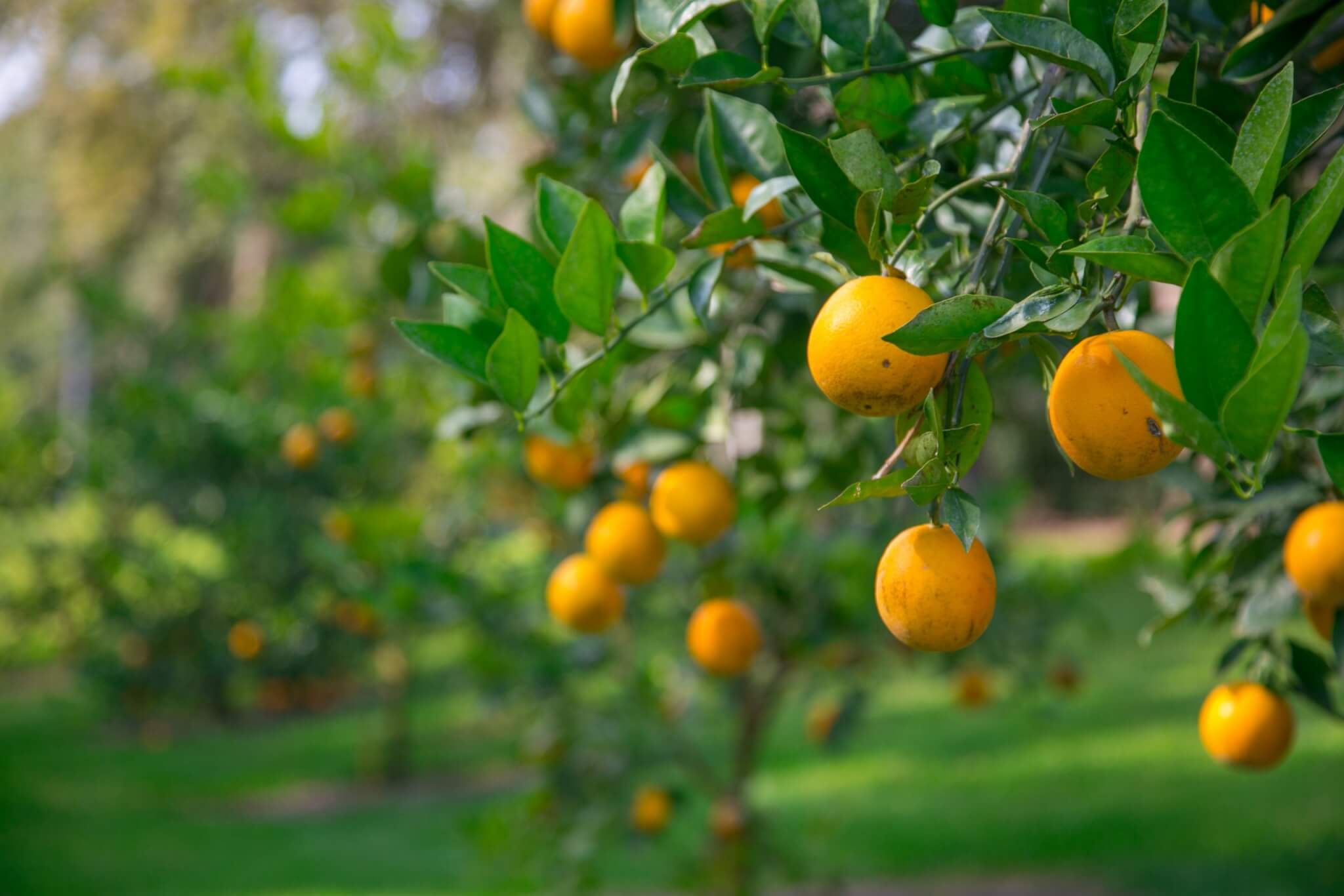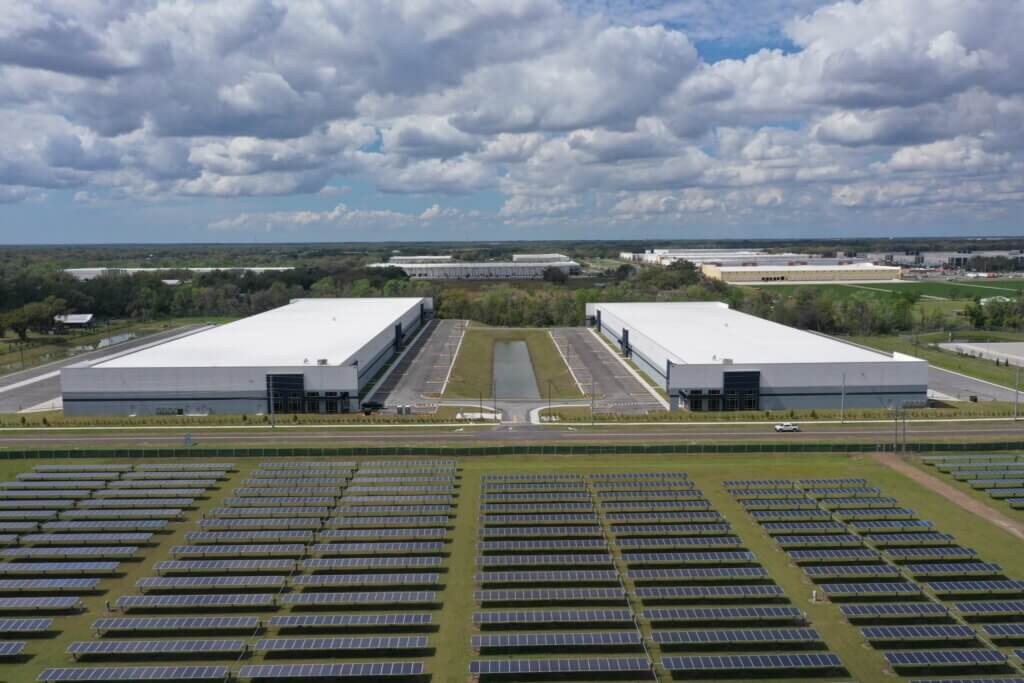Citrus Sees Promising Season Ahead
Advances in growing and favorable Florida weather offer bright future for citrus season.
As growers harvest late-season Valencia oranges, the National Agricultural Statistics Service of the U.S. Department of Agriculture projects a slight decrease in orange and grapefruit production from March:
- About 70 million boxes for oranges, down 1 million boxes.
- About 5.2 million boxes for grapefruit, down 200,000 boxes.
But it’s not all bad news. The USDA’s first forecast for the season called for:
- A 3 percent increase in orange production (74 million boxes), up from about 71.6 million boxes in the 2018-19 season.
- A 2 percent increase in grapefruit (4.6 million boxes), up from 4.5 million boxes..
Orange production will fall short, but grapefruit production will exceed the initial forecast.
“Any decline in production for the Florida citrus industry is unfortunate, even when incremental,” said Shannon Shepp, executive director of the Florida Department of Citrus, the agency charged with the marketing, research and regulation of the Florida citrus industry. “However, we are heartened by the fact that today’s forecast does not resemble the steep declines experienced in the early days of citrus greening in Florida. Growers continue to work incredibly hard to provide Florida orange juice and fresh Florida citrus to families around the world.”
Growers continue to battle the fatal disease citrus greening while they also recover from Hurricane Irma, which ravaged their crops.
“[This year’s forecasts] indicate an industry that remains in transition, but is cautiously optimistic for a bright future,” Shepp said.
Using some incentives and best practices, growers are tending to their crops and replanting using “new methods for keeping their trees healthy, even in the midst of citrus greening,” Shepp said. “This includes targeted applications of fertilizer and increased attention to soil and water quality. We expect to see improvements in production continue as growers and researchers make new strides against citrus greening.”
But it takes three to five years for trees to begin to bear fruit.
Advances in Growing
CUPS is cutting down on that number. The large-scale commercial Citrus Under Protective Screen (CUPS) groves will produce significant volumes of fresh citrus — and quickly, said Steven Callaham, chief executive officer of the Dundee Citrus Growers Association, which is spearheading the project.
“The trees in phase one are just now a year old,” and the association will harvest their first crop this fall, Callaham said. Growers that purchased pods to be part of the project are “absolutely amazed at how fast the trees have grown and how healthy and dark green they are. They are extremely happy with the results thus far.”
Although they are always trying to improve their processes, they have not changed anything from phase one to phase two, he said. “I think the extensive research we did prior to moving forward with the project has definitely paid off.”
They also haven’t quantified savings yet, “but they will be significant,” Callaham said. “Keep in mind that the trees grow approximately two-and-a-half times faster in CUPS as they do in traditional outside groves. This aggressive growth leads to earlier tree maturity and expedited fruiting.”
Phase one consists of 60 percent tangerines and 40 percent red grapefruit. Production of phase two, which will be completed in May 2020, will contain more grapefruit and fewer tangerines when planted in June 2020.
And there are no signs of greening. “We do extensive, high-frequency scouting for pests in the CUPS structures and no psyllids have been detected.”
They will break ground on phase three this summer.
OJ Consumption
Another bright spot: Sales of orange juice, which had been slumping, have increased by almost 10 percent in the four-week period ending March 14. The increase started about the time the coronavirus began invading the United States.
“The unforeseen and significant recent increase in demand for 100 percent orange juice comes at a time when many Americans are stocking their kitchens with foods and beverages that offer health and nutritional benefits,” Shepp said. “Orange juice has long been America’s favorite 100 percent fruit juice, and the Florida citrus industry is humbled by the number of consumers turning to us during this time of great uncertainty.”
Polk County Farm Bureau is also pleased to see an increase in awareness of the health benefits of Florida Citrus.
“We’re hopeful that the message of the health benefits of all Fresh From Florida commodities will stick with consumers as food service systems reopen following this health crisis,” they said.
An increase in sales is expected to continue, at least for the short term, Shepp said.
“While the circumstances are less than ideal,” she said, “the increase in demand allows our multi-generational family growers to continue their mission of providing Americans with the Florida orange juice they love for the nourishment and enjoyment of their families.”



